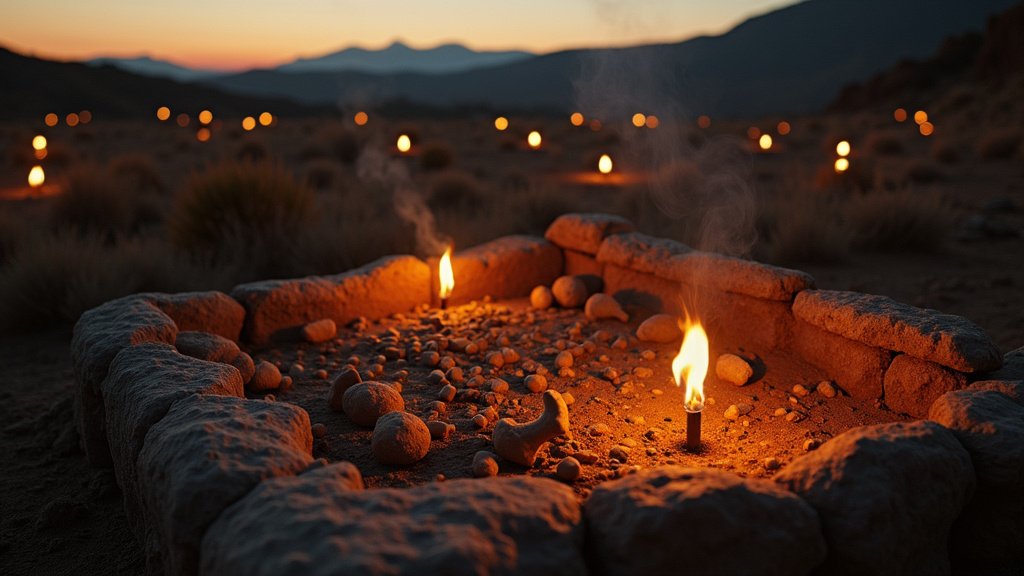In a discovery that is rapidly trending in archaeological circles, researchers have unearthed a 4,800-year-old cremation ground in southeastern Iberia, Spain. This significant find, located at the Los Milanes site, predates any other known systematic cremation site in Europe by approximately 1,500 years, forcing a dramatic re-evaluation of prehistoric burial traditions across the continent. The news is expected to reshape our understanding of early European societies.
Unearthing an Ancient Ritual
The site, specifically Tomb 8 within the Los Milanes necropolis, is groundbreaking because it exclusively contains cremated human remains, a phenomenon previously unknown for megalithic tombs in this region for such an early period. Radiocarbon dating places the primary use of the tomb between 2990 and 2460 BC, with most activity concentrated around the 28th century BC. This period, known as the Chalcolithic or Copper Age, was thought to be dominated by inhumation (burial of unburnt bodies). However, the extensive remains – comprising over 28,000 bone fragments and 1,200 teeth from at least 21 individuals, including adults and children – clearly indicate a deliberate cremation ritual.
Scientific Scrutiny Reveals Cremation Practices
Advanced scientific analyses, including osteological examination, Fourier Transform Infrared Spectroscopy (FTIR), and isotope analysis, have confirmed the intentional nature of the cremations. Evidence of high heat exposure, such as fractures, shrinkage, and warping of the bones, is abundant. Crucially, the findings suggest that bodies were cremated as complete corpses rather than dry skeletons. The absence of significant charcoal or ash within the funerary chamber implies that the pyres were constructed and operated elsewhere, with the resulting bone fragments carefully collected and transported for secondary deposition. Grave goods, including arrowheads, pottery fragments, animal bones, and small stone beads, were also recovered, pointing to complex symbolic practices associated with the ritual.
Rewriting the Prehistoric Timeline
Until this discovery, scholars widely believed that systematic cremation in southeastern Iberia only emerged much later, during the Late Bronze Age. The Los Milanes findings push this practice back to the early third millennium BC, challenging the established chronology and demonstrating that cremation was not an accidental or secondary practice, but a deliberate and meaningful ritual. The coexistence of cremation with inhumation in the same general regions during this period highlights a previously underestimated diversity in mortuary customs among prehistoric Iberian communities.
Implications for Understanding European Ancestors
This significant news opens up new avenues for researchers to explore. It prompts critical questions: Why did certain communities opt for cremation over inhumation? What social or symbolic meanings were attached to the use of fire in funerary rites? How did these practices connect with broader cultural traditions developing across prehistoric Europe? While definitive answers are yet to be found, the discovery firmly establishes cremation as a deliberate and important ritual in southeastern Iberia as early as the third millennium BC. The findings at Los Milanes are consistent with emerging evidence from other Iberian sites like Perdigões and Lácara, suggesting that cremation was a more widespread phenomenon in the region than previously understood.
This landmark revelation allows us to enjoy a richer, more nuanced picture of our ancestors’ lives and beliefs. Archaeologists will continue to explore the full implications of this find, which promises to be a pivotal point in the study of European prehistory for years to come.





